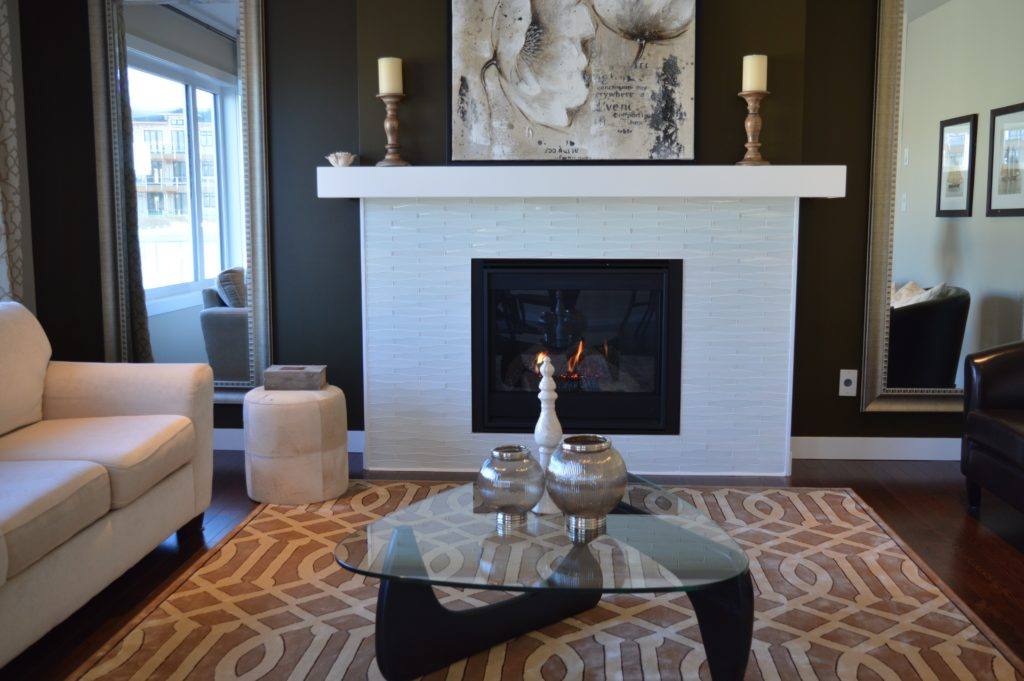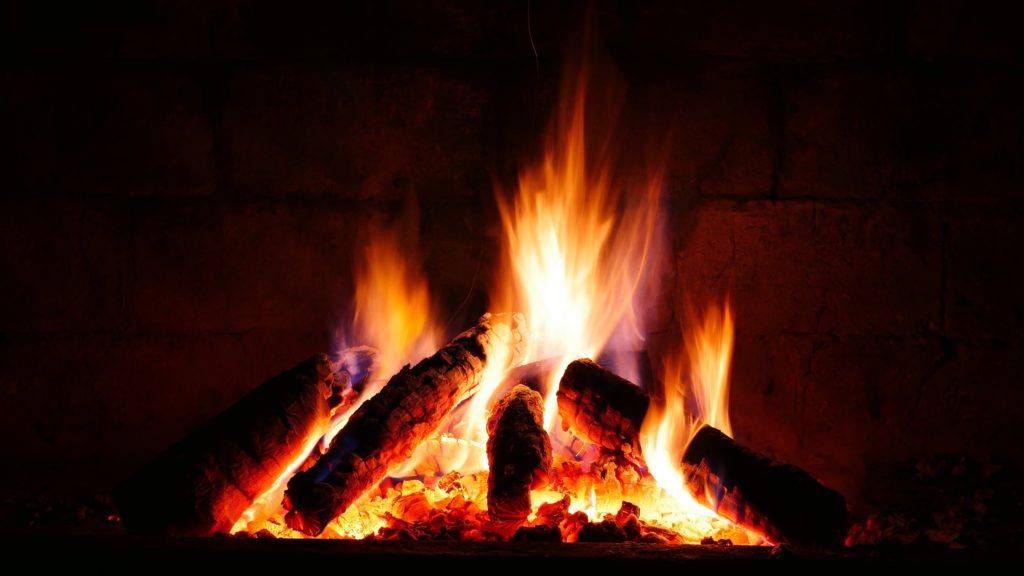You might be looking at your old chimney and thinking about its removal. Unfortunately, this is not as easy as it first seems, and there are so many factors to think about before you begin. When you wish to get rid of the chimney for purely aesthetic reasons, the effort required may prove more than it’s worth.
There are numerous reasons for wanting to get rid of the chimney, including:
- Poorly damaged stack
- Local pollution regulation
- No plans to use it in the future
- State of disrepair
- Roof leakage
- Home insulation
- Takes up too much space
WHAT YOU NEED TO KNOW
There are five important factors to consider when it comes to a chimney dismantle task. Understanding these terms is essential for deciding on the suitable actions and calculating costs.
BREAST
The chimney breast is equally the most visible and fundamental portion of a chimney. The brick walls encase the flu and other functional parts, providing extra insulation and major structural support.
Regrettably, the breast tends to protrude into all the places it passes through. In the occasion you desire to repossess this space in a room, it is achievable to remove only that section of the breast instead of the whole chimney.
STACK
When people consider a chimney, this is the element they tend to picture. It is the part which protrudes from the peak, ending in a cap. Leaks and structural damage are the most familiar reasons for wanting to remove a chimney stack, and in this case, you will have the choice of simply covering over the rest of an unused chimney when you expand the roof over the gap left by the stack.
TIME INVESTMENT
Whether you do the task yourself or hire a contractor, be aware that removing a chimney is a time-consuming task, particularly traditional brick ones. A brick chimney must be cautiously disassembled one brick at a time to avoid structural damage.
DISPOSAL
Simply removing the stack may not generate a lot of garbage, but if your plans involve taking out the chimney breast in one or more areas, you may be looking at a large quantity of brick and tile. This is not only costly to dispose of, but may require special permits.
Be sure to fully investigate local disposal regulations and see if there are masonry companies who may be involved in salvaging the materials. In the latter case, the disposal may be low-priced or even free, depending on the company and state of the bricks you remove.
PERSONAL SAFETY
Chipping away at older masonry one brick at a time is a long and unsafe job. Be sure to have sufficient head and body protection, and be conscious of the high levels of dust you will be creating that could affect your lungs or vision.
Contact the Irish Sweep today to dismantle your chimney.


